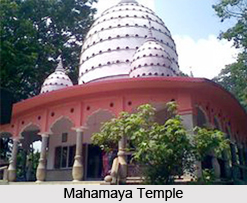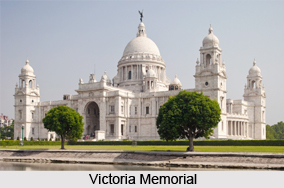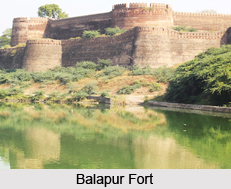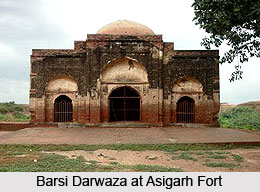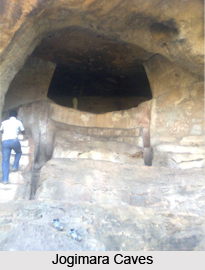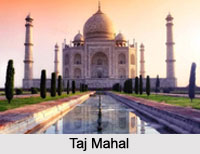 Religious influence on Indian architecture can be traced from the primitive times starting from the Hindus. With the rise of Islam, the religion which came to India due to several invasions also significantly influenced the architectural designs of Indian artisans. Indian architecture has also absorbed some of the traits of the Christian art along the Buddhist, Jain and Persian forms of architecture.
Religious influence on Indian architecture can be traced from the primitive times starting from the Hindus. With the rise of Islam, the religion which came to India due to several invasions also significantly influenced the architectural designs of Indian artisans. Indian architecture has also absorbed some of the traits of the Christian art along the Buddhist, Jain and Persian forms of architecture.
Impact of religion on Indian Architecture
Religion has all the time had a larger impact and influence on the lives of Indian people, their culture and Indian art. Hinduism, Buddhism and Islam are the three main religions which have had a clear impact on the country"s history with on the creative creations.
Hinduism: Hindu temple architecture is based upon `Stapatya Veda`. The temples are always at an elevated height than the other which demonstrates God as absolute. All the temples have east face or north-east facing which allowing God as it is the direction of head. A central Hindu temple is consists of internal chamber, the `garbhagriha` which is shady with passages around. The chamber is crowned by `shikhara` and the external walls of the chamber sculpted images represent a variety of aspects. There are high - raised pillars which are called `Dwaja Stambam` which is generally there to establish a temple.
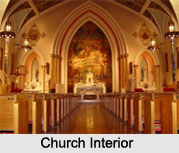 Christianity: The architectural design of churches had a number of key elements to admire the magnificence of God, to integrate the stories of the bible, to educate the masses and to demonstrate the prosperity of the church. Famous external features are a central tower, cover-up or "west front" elaborate part of the outdoor. The external decoration devices contain columns, pilasters, arcading, cornices, mouldings, finials and tracery. The main body making the longer arm of the cross is called the `nave`. The `nave` is braced on each side by lower passageways.
Christianity: The architectural design of churches had a number of key elements to admire the magnificence of God, to integrate the stories of the bible, to educate the masses and to demonstrate the prosperity of the church. Famous external features are a central tower, cover-up or "west front" elaborate part of the outdoor. The external decoration devices contain columns, pilasters, arcading, cornices, mouldings, finials and tracery. The main body making the longer arm of the cross is called the `nave`. The `nave` is braced on each side by lower passageways.
Islam: Decorative art plays a prominent role in all the Islamic architecture in India. Architecture is one of the greatest Islamic art forms. An Islamic style is seen in mosques but also in Muslim houses and gardens. A traditional Islamic house is built around a courtyard. The key elements are geometry, calligraphy and foliation. The most famous example is the Taj Mahal, with its central pointed arch contained within a rectangle; a motif is repeated in a reduced form on the flanking niches. The repetitive use of this simple but powerful motif imparts a basic unity to the entire composition. The Muslims also brought with them mortar masonry, which offered far greater versatility in design than the primitive method of placing one stone upon another. By the time the first Muslim buildings were constructed in India, the constructional principles of Islamic architecture had been well established in the great mosques of Cairo and Damascus and elsewhere in the Islamic world.
